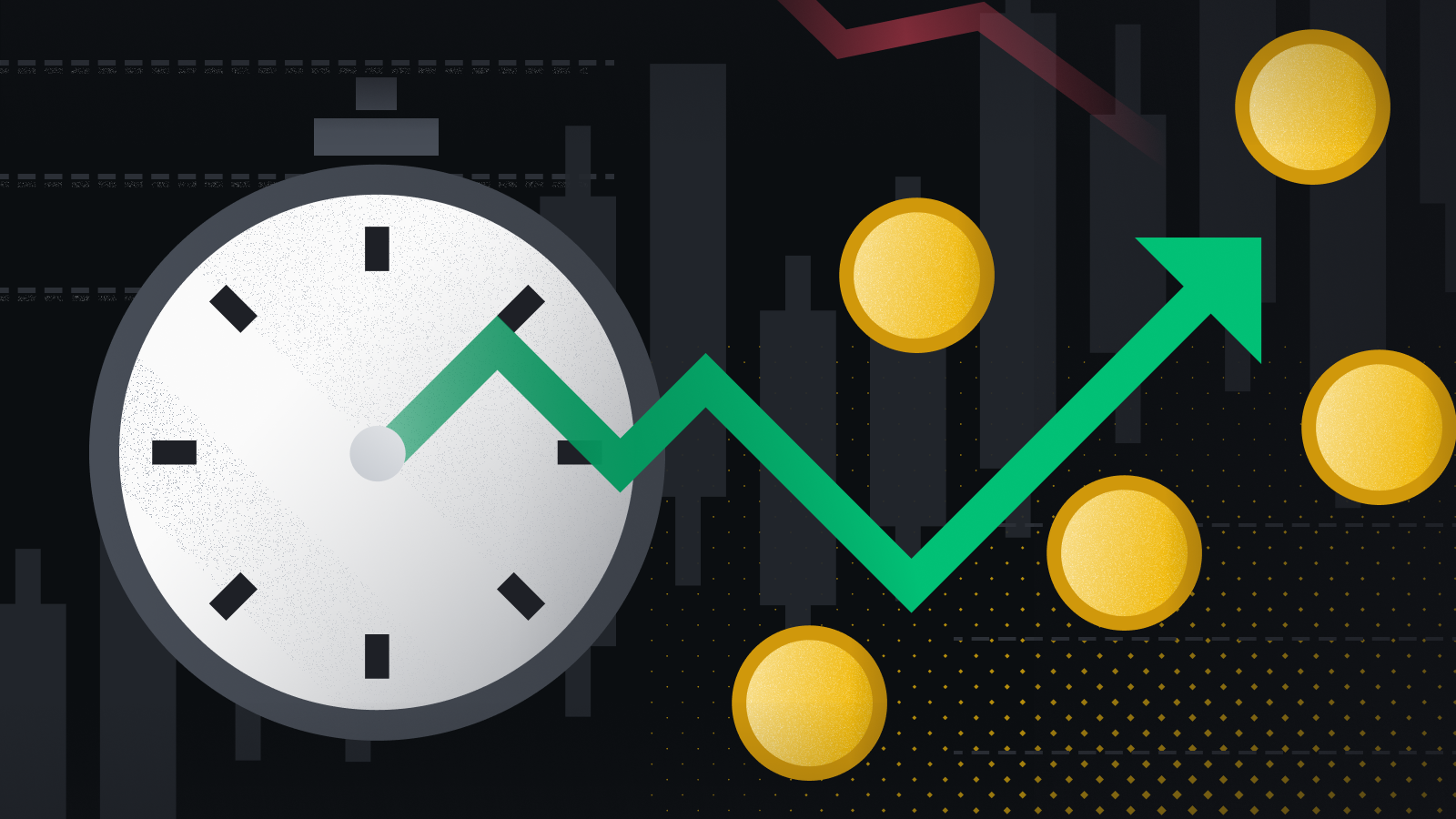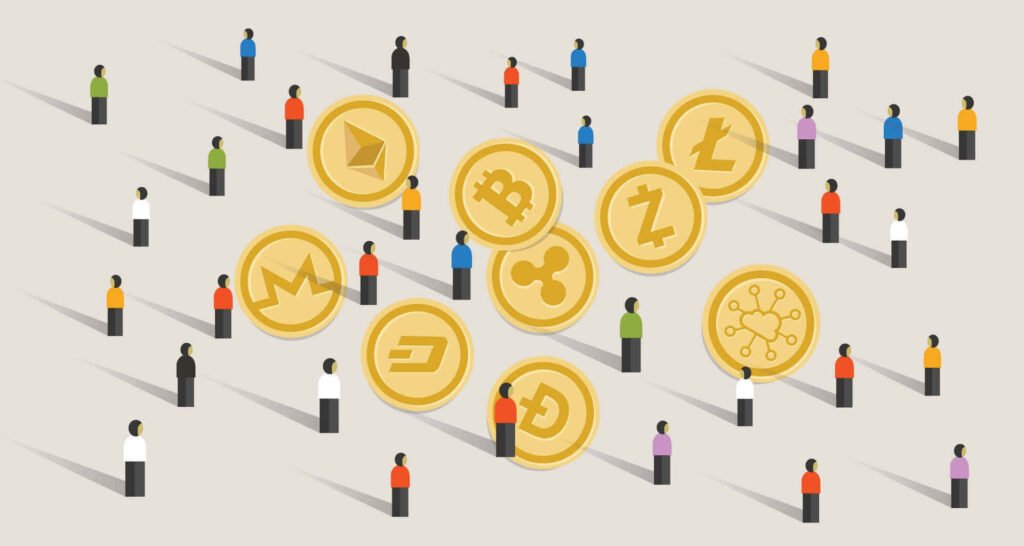This cycle has a lot of lessons ahead as the cryptocurrency market changes very fast, and every cycle comes with its obstacles and advantages. The above things were followed by the significant availability of well-known assets due to market diffusion, increasing yields, advanced technology, adoption trends, and macroeconomics. Suppose you want to keep your head in the game in this rapidly evolving environment. In that case, it’s important to understand the major cryptos of this market cycle—whether you are an investor, trader, or blockchain believer.
The market also has a couple of interesting contenders, with Bitcoin going for a new ATH, Ethereum still expanding its ecosystem, and alternative blockchains hitting critical mass. As we look forward, the next stage of blockchain evolution will be shaped by trends like decentralized finance, real-world asset tokenization, and AI integrations. In this article, we look at the top (most relevant) cryptocurrencies to keep an eye on, along with the forces behind their prominence.
Bitcoin (BTC)
Bitcoin continues to rule in every market cycle and directs the trend of the overall crypto market. Institutional adoption had risen dramatically, with major financial companies bringing Bitcoin spot exchange-traded funds (ETFs) to market and gathering billions of dollars in fresh capital. Still, another important driver will be the next Bitcoin halving, which will occur in April 2024 and has historically initiated bull runs by slashing the supply of new BTC around.
The narrative surrounding Bitcoin as ‘digital gold’ receives further support as inflation and central bank policies build up fears of fiat currency devaluation. The Lightning Network is continuing to grow and facilitate faster and cheaper transactions, which makes BTC more useful for daily usage. Cryptos Market Cycle, Later developments, especially the SEC’s approval of spot Bitcoin ETFs, have only reinforced Bitcoin’s mainstream status, marking an influx of institutional money and a general increase in market confidence.
Ethereum (ETH)
Ethereum is still the dominant smart contract platform, but regular updates have increased its scalability and throughput. The recent Dencun upgrade greatly lowered transaction costs and boosted the network’s processing capabilities. Ethereum’s shift to proof-of-stake with Ethereum 2.0 reduced energy consumption by more than 99 percent, making it a more sustainable blockchain than Bitcoin. Layer-2 solutions such as Arbitrum, Optimism, and zkSync are making way for mass adoption by facilitating cheaper and faster transactions.

But institutional interest is also rising, with speculation that a spot Ethereum ETF could soon be granted regulatory approval and bring in more capital into the ecosystem. Since the tokenization of real-world assets is a growing trend and Ethereum is at the helm of it, Ethereum peers, the likes of JPMorgan and BlackRock, are seeking to tokenize bonds, securities, and real estate on Ethereum. Visa boosted its signaling in recent months by integrating USDC payments on the Ethereum network for quicker and more efficient cross-border transactions, making it the base of decentralized finance on Ethereum.
Solana (SOL)
With the ability to process transactions at near-zero costs, Solana has become one of the leading alternatives to Ethereum. Unlike Ethereum, which depends on multiple layer-2 solutions for scaling, Solana’s high throughput ensures seamless on-chain transactions without external networks. The Solana ecosystem has been on a rapid rise with increased decentralized applications (dApps), NFT projects, and meme coins. The array of Solana logos Solana has faced network outages over the years, but investor confidence has been restored, and developers are still keen to build on the network.
Solana is also gaining institutional support, with Pantera Capital and Multicoin Capital ramping up their exposure to SOL. One of the most exciting developments is a partnership between Solana Pay and Shopify, enabling millions of merchants to accept USDC payments on the Solana blockchain. This collaboration adds another layer to Solana’s real-market use and cements the blockchain’s position in digital payments.
XRP (XRP)
Ripple’s XRP Ledger is a pioneer in blockchain-based cross-border payment. Enabling instant settlement when fees are at the lowest levels. However, XRP’s role in the financial sector took on fresh importance. After Ripple won a significant legal battle against the SEC in 2023. XRP’s regulatory status was established, and fears were dispelled among some institutional investors. This investment paid off as Ripple gained dozens of strategies. Cryptos Market Cycle, Alliances with central banks and financial institutions provide even more utility to the XRP token.
The XRP Ledger also offers increased utility for payments. With growing support for tokenizing assets such as real estate and stablecoins. Another key driver behind XRP’s growth is Ripple’s continued collaboration. With central banks on the development of central bank digital currencies. With regulation clarity improving and adoption also increasing, XRP is important. Cryptocurrency to keep an eye on in this market cycle.
Chainlink (LINK)
Chainlinking of the off-chain data: Oracle chainlink provides the off-chain data to smart contracts. From decentralized finance to NFT marketplaces, over a thousand applications utilize Chainlink’s Oracle services to secure reliable data inputs. As tokenization of real-world assets accelerates, Chainlink’s proof-of-reserve tech is emerging as a key for verifying tokenized assets. Chainlink has seen a growing trend of institutional adoption—major financial firms. Utilized its Oracle solutions for DeFi and blockchain-based settlements.
Chainlink Staking v0 Deploys on-Goerli Network With 2. It has also improved the incentives for LINK holders, meaning it is even more secure. In a new partnership with Chainlink, a global financial messaging network. Swift has joined the race to allow cross-chain transactions between. Both traditional banks and blockchains hint at the increasing importance of oracles in connecting both worlds, traditional and decentralized.
Summary
The current market cycle is characterized by increasing institutional adoption, regulatory developments, and groundbreaking technological advancements. Bitcoin remains the flagship store of value, while Ethereum and Solana dominate smart contract ecosystems. 4 Altcoins to Sell, Meanwhile, XRP’s payment utility. Cryptos Market Cycle, Chainlink’s Oracle services, and AI-driven blockchain projects are shaping the future of decentralized technology.
[sp_easyaccordion id=”6058″]

